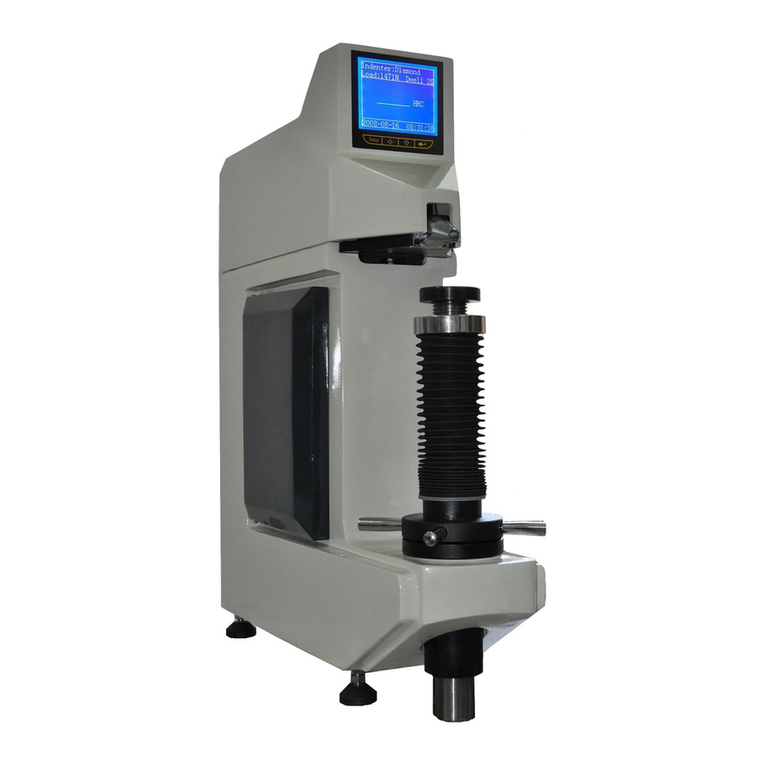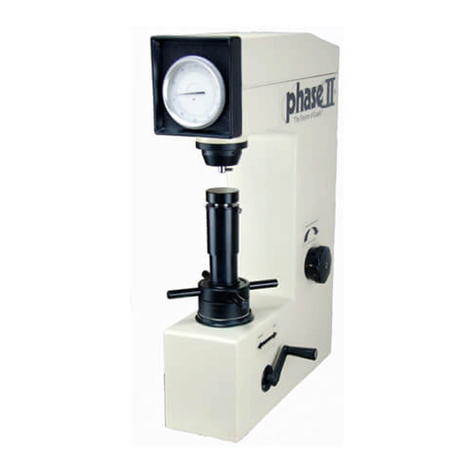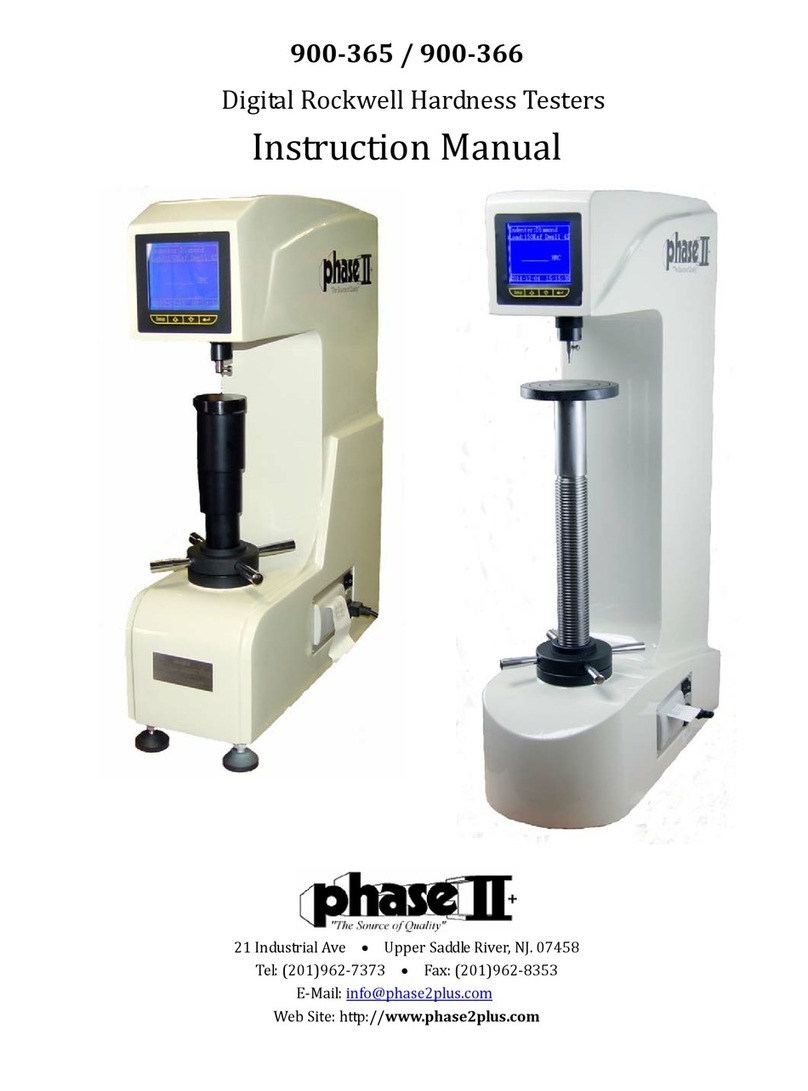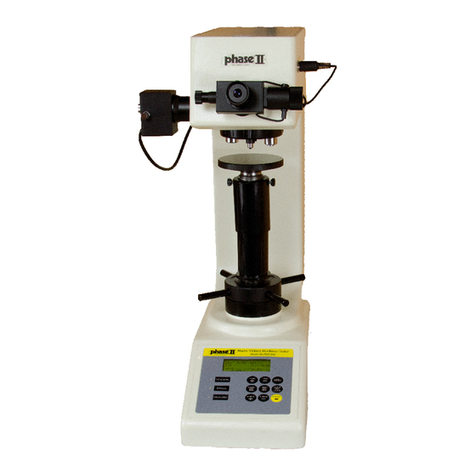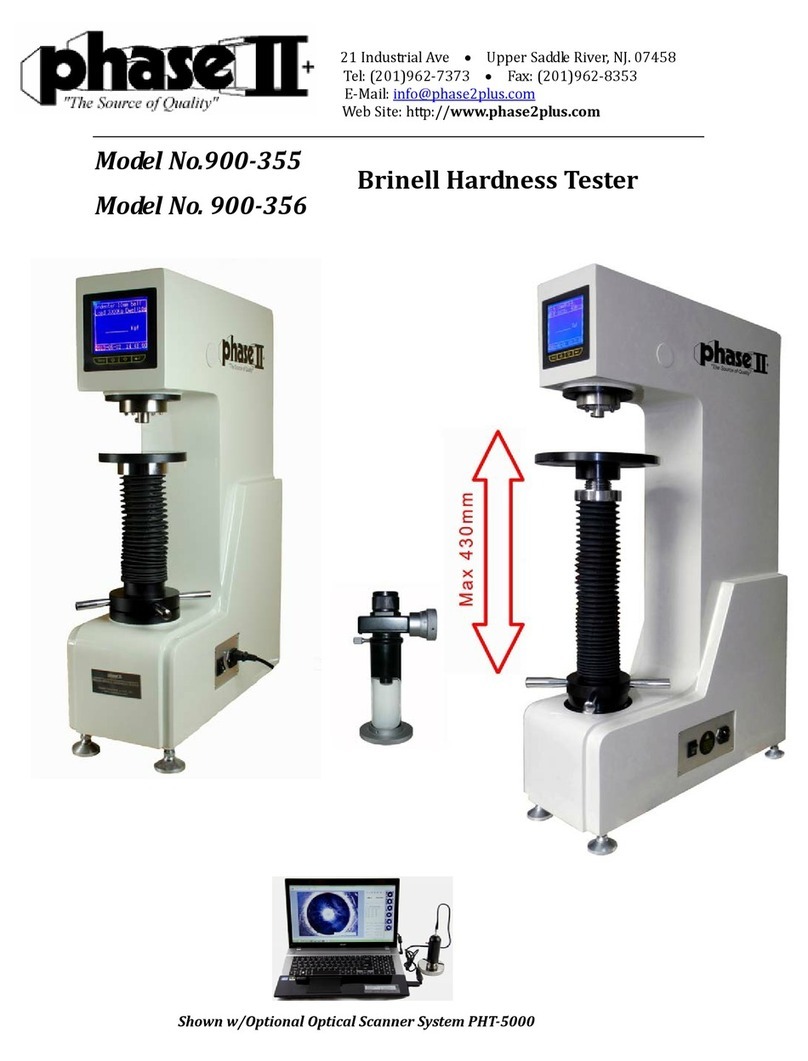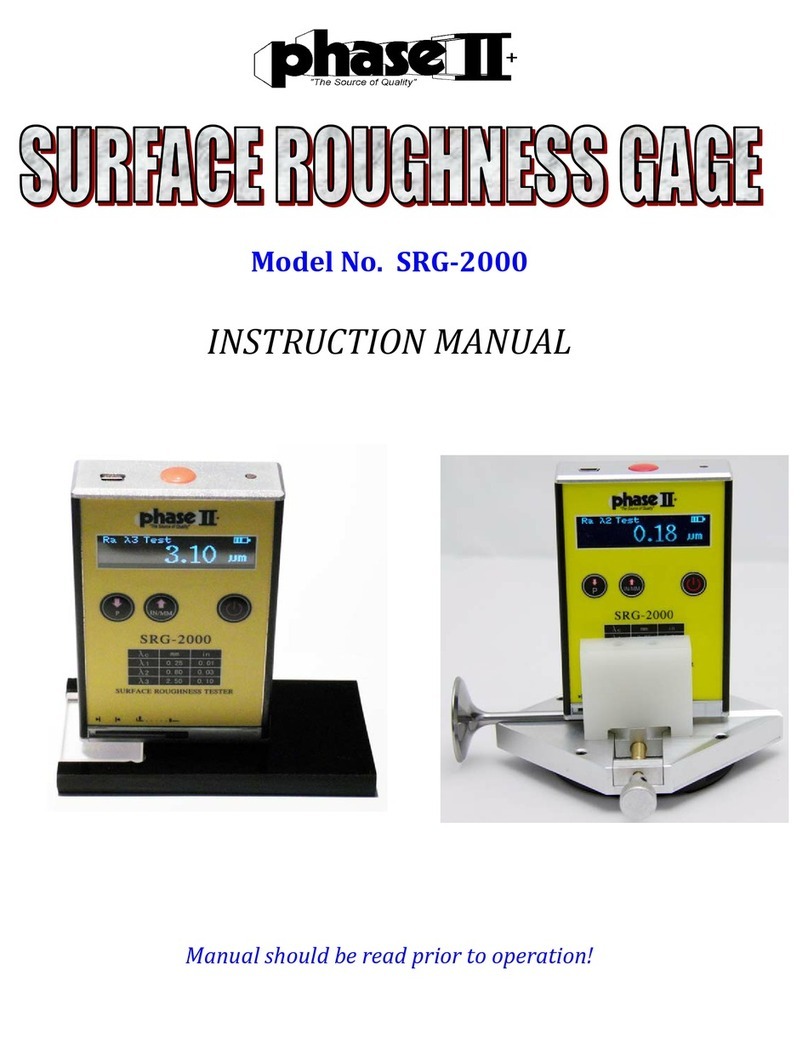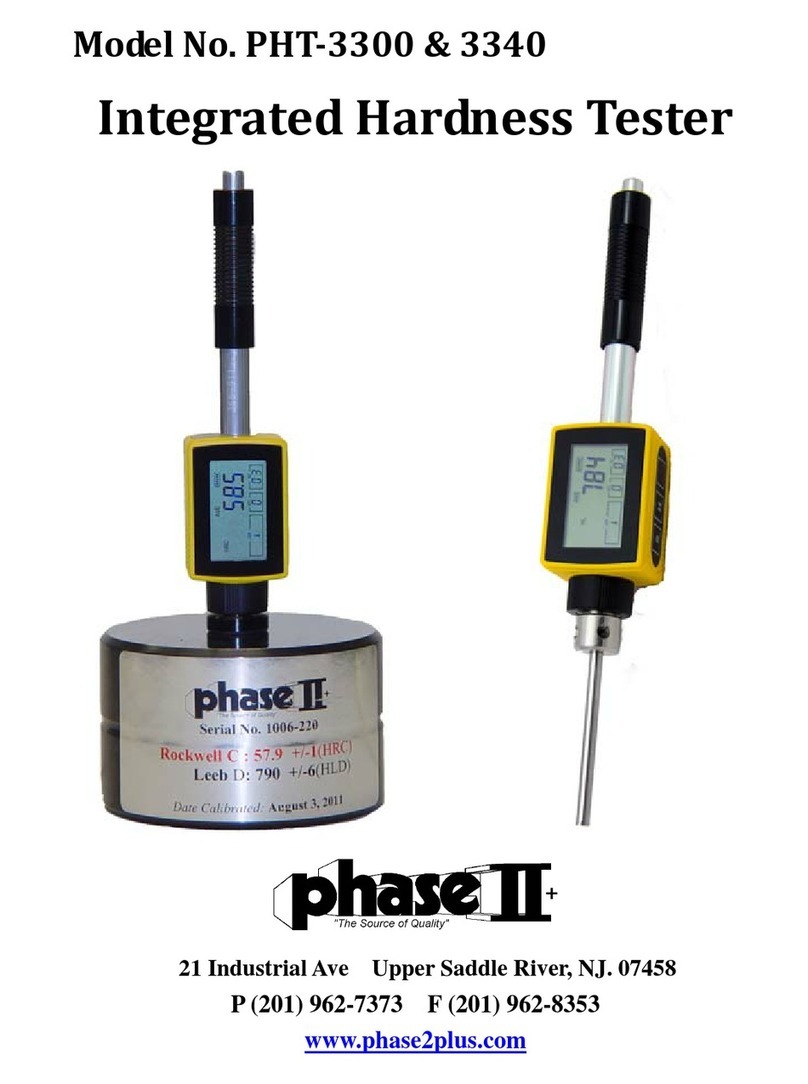2
Find Quality Products Online at: www.ShopToolUsa.com sales@shoptoolusa.com
4.3 Localization ....................................................................................................................
11
4.4 Testing .............................................................................................................................
11
4.5 Read Measured Value .....................................................................................................
12
4.6 Notification .....................................................................................................................
12
5 Operation Detail .....................................................................................................
12 5.1 Power On/Off ..................................................................................................................
12
5.2 Material Setting ..............................................................................................................
13 5.3 Hardness/Strength testing
............................................................................................... 14 5.4 Impact Direction
Setting ................................................................................................. 14
5.5 Average Times Setting ....................................................................................................
14
5.6 Data logging ....................................................................................................................
14
5.2.1 Viewing stored file/Group ............................................................................................
14
5.2.2 Clearing selected file/Group ........................................................................................
15
5.7 Print Report
..................................................................................................................... 15
5.8 System Reset
................................................................................................................... 16
5.9 EL Backlight
................................................................................................................... 16
5.10Auto Power Off
............................................................................................................. 16
5.11Battery Replacement
..................................................................................................... 16
5.12Connecting to a Computer
............................................................................................ 16
5.13Error Code Reference
................................................................................................... 16 6 Maintenance &
Servicing ...................................................................................... 17
6.1 Impact Device Maintenance ...........................................................................................
17
6.2 Instrument Maintenance Program ...................................................................................
17 6.3 Fault Analysis & Evaluation
........................................................................................... 17
6.4 Notice ofTransport and Storage Conditions ................... Error! Bookmark not defined.
APPENDIX .................................................................................................................
18 Table 1 ..................................................................................................................................
18

